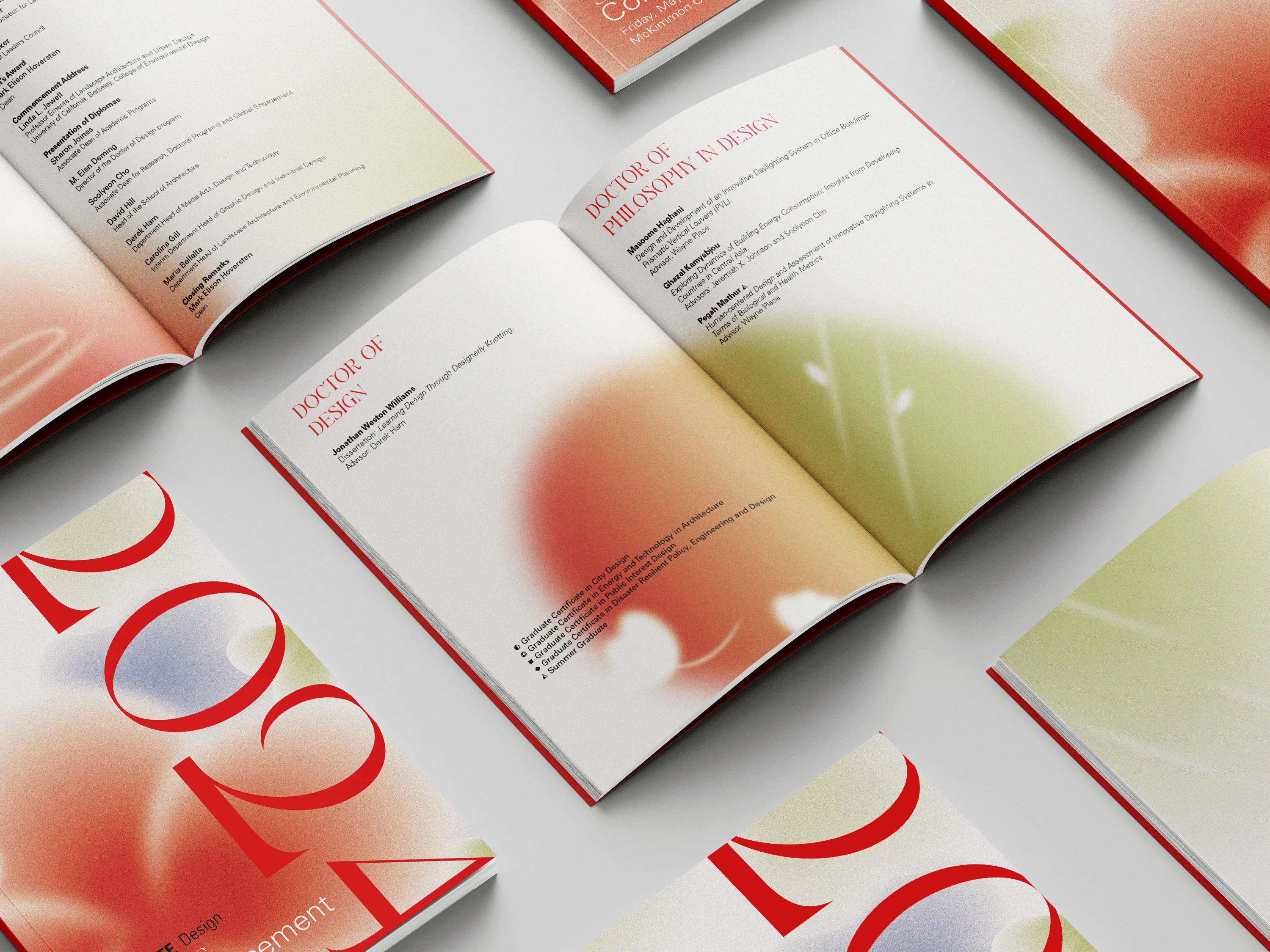Sibyl
UX/UI, Sponsored by Fidelity Center of Applied Technology
Sibyl is a conceptual website, designed for individuals to interact with multiple future selves to explore critical life choices and make confident financial decisions.
UX Researcher, UX/UI Designer
Seraphina Bieniek, Abby Harris
Problem
How to leverage AI to move beyond the capabilities of a financial advisor to assist Fidelity customers with the understanding of the transfer of knowledge and wealth.
Solution
Problem
How to leverage AI to move beyond the capabilities of a financial advisor to assist Fidelity customers with the understanding of the transfer of knowledge and wealth.
Solution
Overview
Meet the Cooper Family—Scott and Abigail. Scott received $50K from his mother. Scott then gifted $15K to his daughter, Abigail, a recent graduate, managing loans and starting her career.
Design Process: Double Diamond
1. Discover
1.1 Primary Research—Interviews
Conducted interviews with young adults around Abigail's age to identify their pain points and financial advisors about the transfer of wealth. The interviews highlighted their financial concerns at their current stage in life. To synthesize the data, we identified pain points and gain points.
3 overall themes were found which represented what young adults financial concerns were:
Information Overload
Complexity & Risk
Lack of Support
These themes helped us further understand the problem area and became a starting point in building a persona and user journey map. Identifying the pain points and learning about user’s wants soon led us to ask deeper questions.
User Persona

User Journey Map
Overview
Meet the Cooper Family—Scott and Abigail. Scott received $50K from his mother. Scott then gifted $15K to his daughter, Abigail, a recent graduate, managing loans and starting her career.
Design Process: Double Diamond
1. Discover
1.1 Primary Research—Interviews
Conducted interviews with young adults around Abigail's age to identify their pain points and financial advisors about the transfer of wealth. The interviews highlighted their financial concerns at their current stage in life. To synthesize the data, we identified pain points and gain points.
3 overall themes were found which represented what young adults financial concerns were:
Information Overload
Complexity & Risk
Lack of Support
These themes helped us further understand the problem area and became a starting point in building a persona and user journey map. Identifying the pain points and learning about user’s wants soon led us to ask deeper questions.
User Persona

User Journey Map
Overview
Meet the Cooper Family—Scott and Abigail. Scott received $50K from his mother. Scott then gifted $15K to his daughter, Abigail, a recent graduate, managing loans and starting her career.
Design Process: Double Diamond
1. Discover
1.1 Primary Research—Interviews
Conducted interviews with young adults around Abigail's age to identify their pain points and financial advisors about the transfer of wealth. The interviews highlighted their financial concerns at their current stage in life. To synthesize the data, we identified pain points and gain points.
3 overall themes were found which represented what young adults financial concerns were:
Information Overload
Complexity & Risk
Lack of Support
These themes helped us further understand the problem area and became a starting point in building a persona and user journey map. Identifying the pain points and learning about user’s wants soon led us to ask deeper questions.
User Persona

User Journey Map
1.2 HMWs
How might we provide personalized financial advice and support, even when advisors are unavailable?
How might we simplify financial information to make it more digestible for users?
How might we help users confidently navigate complex investment choices and minimize risk?
————————————————————————————————————————————————————————
2. Define
2.1 Early Ideation
Before narrowing our scope, we explored speculative solutions with a divergent mindset, envisioning possibilities.
Our solution focused on a predictive application that matches clients while simplifying financial language. This led us to explore digital twins and automated services as key categories.
2.2 Early Sketches and Wireframes
In our earlier sketches, we explored using AI to create digital twins that visualize an individual's potential financial future based on their choices.
2.3 Feedback and Focus
During feedback session with the Fidelity Center of Applied Technology team, we presented early stage wireframes. The team suggested that if we pursued the future selves concept, each version could represent different milestones.
We realized we had to narrow our variables down and refine our approach. Initially, pur design allowed users to move forward and backward in time, interacting with future selves while also exploring parallel life simulations.
Lo-Fi Wireframes
——————————————————————————————————————————
3. Development
3.1 High-Fi Wireframes
——————————————————————————————————————————
4. Development
4.1 Final Flow
4.2 Features
Navigation to Future Selves
Interact with 3D Elements
Plan Breakdown and Progress Tracking
——————————————————————————————————————————
5. Reflections
5.1 Wider Implications
The avatar is not restricted to a human form and can take on abstract representations.
Future selves evolve dynamically, adapting to a user's changing circumstances in real time, adjusting their life path and financial guidance accordingly
Interactions with future selves deepen user's connection to long term goals through detailed future scenarios.




















